In the grand event design, the inflatable canopy appears as a versatile protagonist, always ready to show its splendor at various events.
1.How do inflatable canopies stay inflated?
Inflatable canopies stay inflated through a continuous flow of air provided by a blower or fan system. The basic mechanism involves a durable and airtight material that forms the structure of the canopy. This material is connected to an inflation system, typically a high-powered electric blower, which constantly pumps air into the structure to maintain its shape and rigidity.
Here’s a step-by-step explanation of how inflatable canopies stay inflated:
Airtight Material: The canopy is constructed from airtight and durable materials, often high-quality PVC or nylon, that prevent air from escaping once it’s inflated.
Inflation System: An electric blower or fan system is attached to the canopy. This system is designed to provide a continuous and regulated flow of air into the canopy structure.
Continuous Airflow: Once the blower is turned on, it consistently forces air into the canopy. The continuous airflow keeps the structure inflated and maintains its shape.
Pressure Regulation: Inflatable canopies are designed to maintain a specific internal pressure for optimal structure and stability. The blower system is equipped with pressure-regulating mechanisms to ensure that the canopy remains properly inflated.
Sealed Entrances: The entrances or openings of the canopy are equipped with secure closures or zippers to prevent air from escaping. This ensures that the continuous airflow from the blower system effectively keeps the canopy inflated.
Adjustable Settings: In some cases, inflatable canopies come with adjustable blower settings. Users can regulate the airflow based on their specific requirements, allowing for variations in inflation depending on the event or environmental conditions.
Deflation Option: When it’s time to take down the canopy, a quick-release valve or deflation port allows the air to escape rapidly. This makes the deflation process efficient and convenient.
In essence, the inflatable canopy’s ability to stay inflated relies on the combination of durable, airtight materials and a reliable blower system. This dynamic duo ensures that the canopy remains consistently inflated throughout the duration of an event or activity.
2.Can inflatable canopies be used for water-based events?
While inflatable canopies are primarily designed for use on land, their suitability for water-based events depends on several factors. Here are considerations to keep in mind if you’re contemplating using inflatable canopies for water-based occasions:
1. Buoyancy and Water Resistance:
- Inflatable canopies are typically not designed to float on water. While the materials used in their construction may resist water, they lack the inherent buoyancy required to stay afloat.
2. Stability on Water Surfaces:
- Placing an inflatable canopy on a stable, shallow water surface such as a pool deck might be feasible. However, submerging the canopy or exposing it to strong currents is not recommended.
3. Limited Water Contact:
- Minimize direct contact with water to preserve the integrity of the inflatable canopy. Water exposure, especially for extended periods, may affect the materials and compromise the structure.
4. Potential for Water Damage:
- Prolonged exposure to water, especially if the canopy is not designed for aquatic use, may lead to damage, mold, or deterioration. Consider the specific materials and construction details of the canopy.
5. Secure Anchoring:
- If set up near water, ensure the inflatable canopy is securely anchored. Water movements, winds, or waves could impact stability, and proper anchoring becomes crucial to prevent accidents or damage.
6. Avoid Submersion:
- Inflatable canopies are not designed to be submerged underwater. Submersion can lead to irreparable damage, affecting both the inflatable structure and the blower system.
7. Cleaning and Drying:
- If the canopy comes into contact with water, ensure thorough cleaning and drying afterward. This helps prevent mold growth and ensures the materials remain in good condition.
8. Specialized Water-Inflatable Products:
- If your event involves water, consider specialized inflatable products designed for aquatic use, such as water lounges, floating tents, or inflatable platforms explicitly created for water-based events.
9. Manufacturer Guidelines:
- Always consult the manufacturer’s guidelines and specifications. Some inflatable canopies may have variations designed for water events, with reinforced materials and additional features to enhance water resistance.
In summary, while inflatable canopies may add a unique touch to certain water-adjacent events, it’s crucial to exercise caution and understand their limitations. If water-based events are a central focus, exploring inflatable products specifically engineered for aquatic environments may provide a safer and more suitable solution. Always prioritize safety, follow manufacturer guidelines, and make informed decisions based on the nature of your event.
10x10ft Inflatable Event Tents
10x10ft Inflatable tent custom-printed
Air Inflatable Canopies 10x10ft
13x13ft Inflatable Canopy Tents
3.How long does it take to set up and take down an inflatable canopy?
The setup and takedown of inflatable canopies are designed to be efficient and user-friendly, making them practical for various events. The time required for these processes can vary based on factors such as the size of the canopy, the complexity of its design, and the experience of the individuals handling the setup. Here’s a general breakdown:
Setting Up an Inflatable Canopy:
Quick Inflation: Inflatable canopies are known for their rapid inflation. Typically, it takes anywhere from a few minutes to around 15–20 minutes to fully inflate a standard-sized canopy. This quick setup time allows for prompt deployment, especially when time is of the essence during events.
Secure Anchoring: After inflation, additional time may be needed to secure the canopy to the ground. This involves anchoring the canopy to ensure stability, and the time required depends on the anchoring method and the surface type.
Taking Down an Inflatable Canopy:
Deflation Process: Deflating an inflatable canopy is a swift process, often taking just a few minutes. Most canopies are equipped with quick-release valves or deflation ports that allow air to escape rapidly, facilitating a prompt collapse of the structure.
Packaging and Storage: After deflation, folding and packing the canopy may require an additional 10–15 minutes, depending on the size and design of the canopy. Some inflatable canopies come with convenient carrying cases or storage bags, streamlining the packing process.
Total Time Estimate:
- In total, the entire process—from initial inflation to secure anchoring and eventual deflation and packing—can typically range from 20 minutes to around 45 minutes. This estimate is a general guideline, and actual times may vary based on specific canopy models and user experience.
Factors Influencing Time:
Experience: Individuals familiar with the setup process may accomplish it more quickly than those setting up an inflatable canopy for the first time.
Size and Complexity: Larger or more intricately designed canopies may require additional time for both setup and takedown.
Anchoring: The time needed for anchoring depends on the method used and the surface type (grass, concrete, etc.).
Weather Conditions: Adverse weather conditions, such as strong winds, may impact setup and takedown times.
It’s important to refer to the manufacturer’s guidelines and instructions for the specific inflatable canopy model being used. These guidelines often provide valuable insights into the recommended setup and takedown procedures, contributing to a smooth and efficient process.
4.How do inflatable canopy handle different terrains?
Inflatable canopies are designed to be versatile and adaptable to various terrains, but the effectiveness of their setup can be influenced by the characteristics of the ground. Here’s a guide on how inflatable canopies handle different terrains:
1. Grass:
- Handling: Inflatable canopies generally perform well on grassy surfaces. The softness of the ground allows for secure anchoring using stakes or pegs. Ensure that the stakes are driven into the soil at an angle away from the canopy, providing stability.
2. Concrete or Hard Surfaces:
- Handling: Inflatable canopies can be set up on concrete or other hard surfaces. However, anchoring becomes a different consideration. Instead of stakes, weights or sandbags may be used to secure the canopy. Some canopies come with additional anchoring options designed for hard surfaces.
3. Sand:
- Handling: Setting up on sandy beaches is feasible with proper anchoring. Longer stakes or sandbags are often used to provide stability in sandy terrain. The canopy’s ability to handle sand depends on the anchoring method and the quality of the sand.
4. Gravel or Rocky Terrain:
- Handling: Canopies can be set up on gravel or rocky surfaces, but care must be taken to avoid damaging the inflatable structure. It’s advisable to clear the area of sharp objects that could puncture the canopy material. Sandbags or weights are often used for stability in such environments.
5. Indoor Surfaces:
- Handling: Inflatable canopies can be used indoors on flat and stable surfaces. Anchoring methods may include sandbags, weights, or other non-penetrative options. The inflatable structure should be sized to fit the indoor space without obstruction.
Tips for Handling Different Terrains:
Surface Inspection: Before setup, inspect the terrain for any sharp objects or potential hazards that could damage the canopy.
Anchoring Options: Understand the recommended anchoring options for the specific terrain. Some canopies come with a variety of anchoring methods to accommodate different surfaces.
Additional Accessories: Consider using additional accessories, such as ground cloths or protective mats, to provide an extra layer of protection for the canopy on rough or abrasive surfaces.
Adaptability: Inflatable canopies are designed to adapt to various terrains, but it’s essential to consider the specific conditions of the location and make adjustments accordingly.
Weather Conditions: Be mindful of weather conditions, especially wind. Properly anchoring the canopy is crucial to prevent instability in gusty conditions.
By following these guidelines and considering the nature of the terrain, inflatable canopies can be effectively set up on a wide range of surfaces, ensuring a stable and secure presence for events and activities. Always refer to the manufacturer’s guidelines for specific recommendations based on the canopy model.



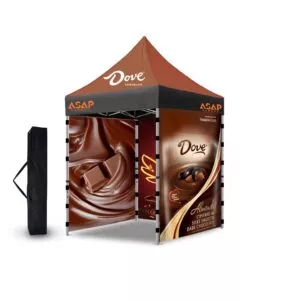
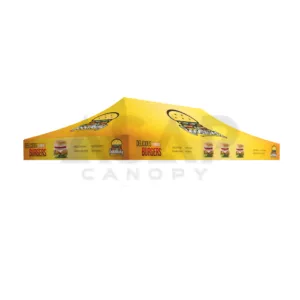
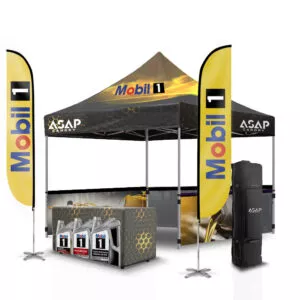
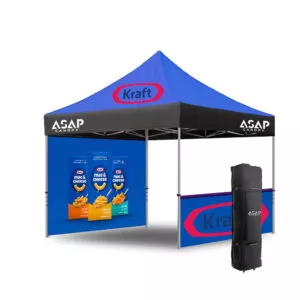
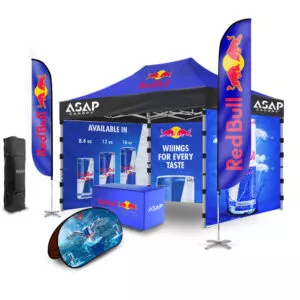
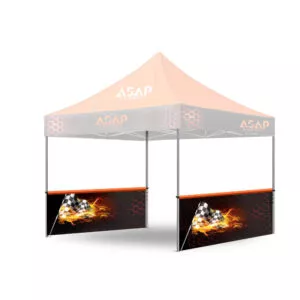

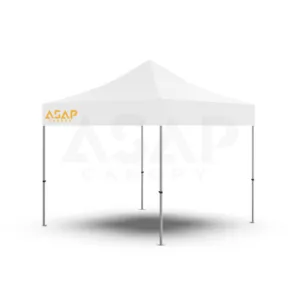
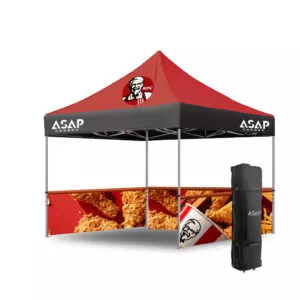

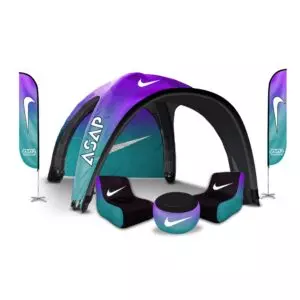
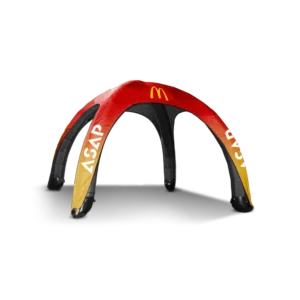
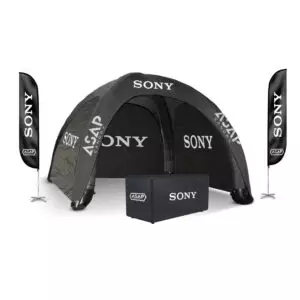
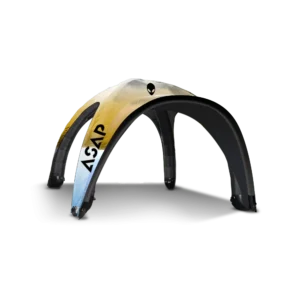


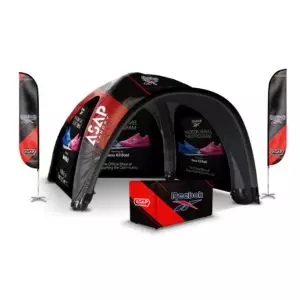
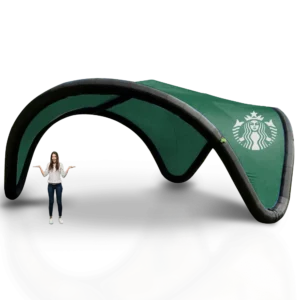
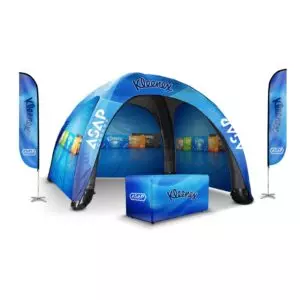

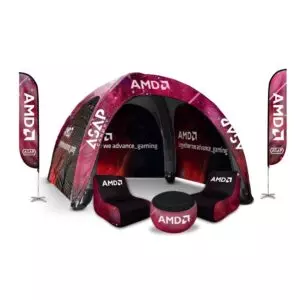
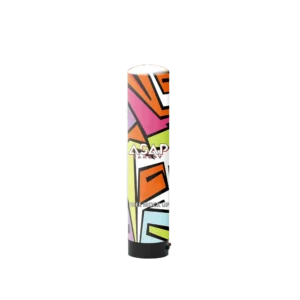

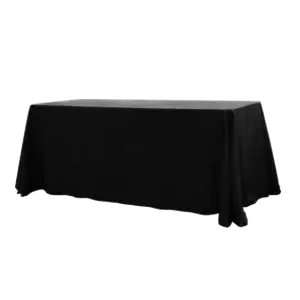

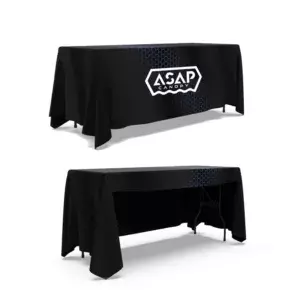

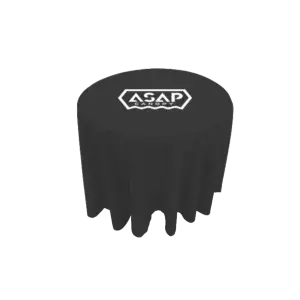
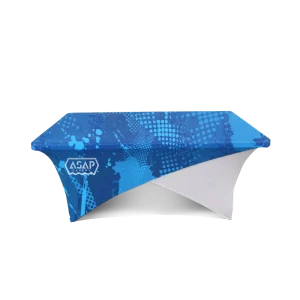
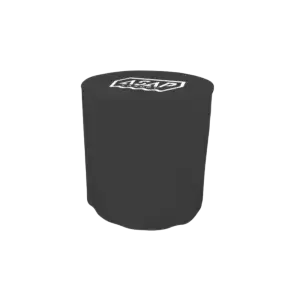
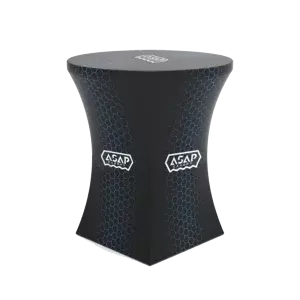
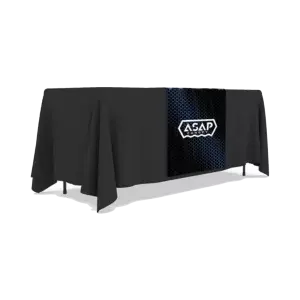
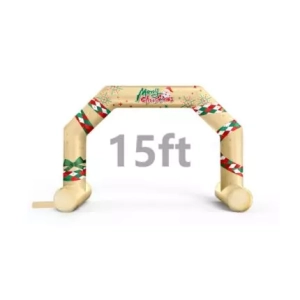
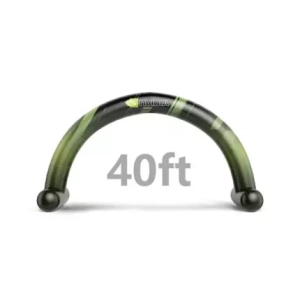
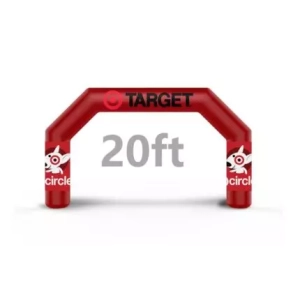
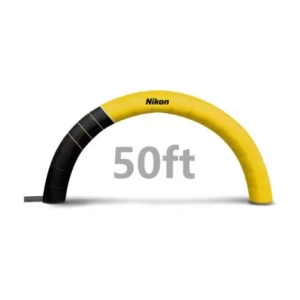

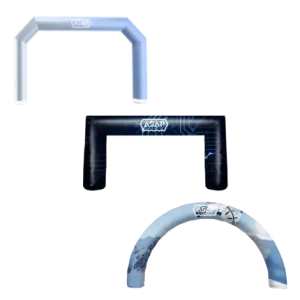
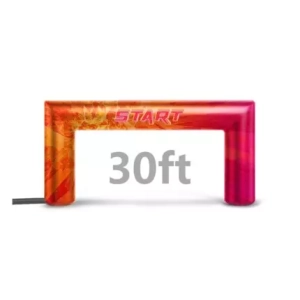



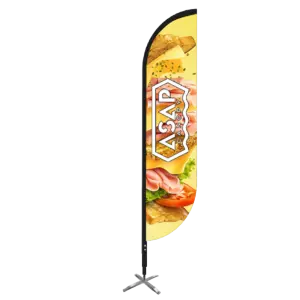
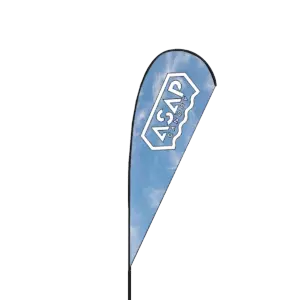
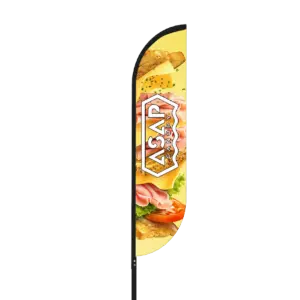

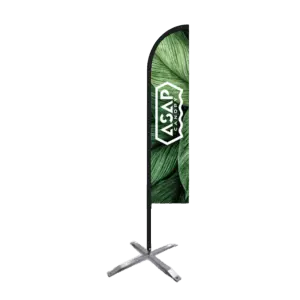

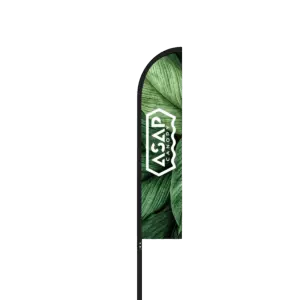



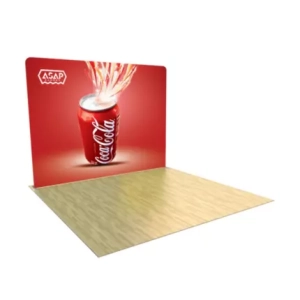
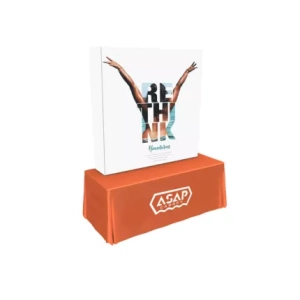
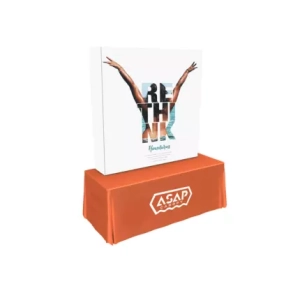
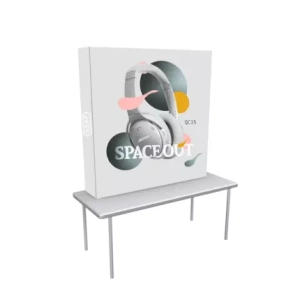
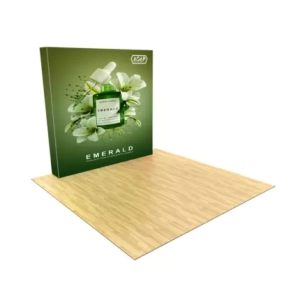
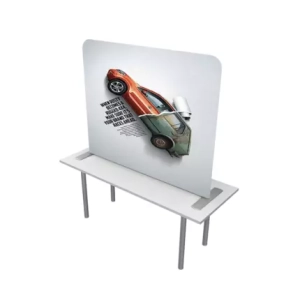
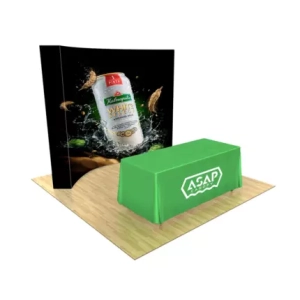




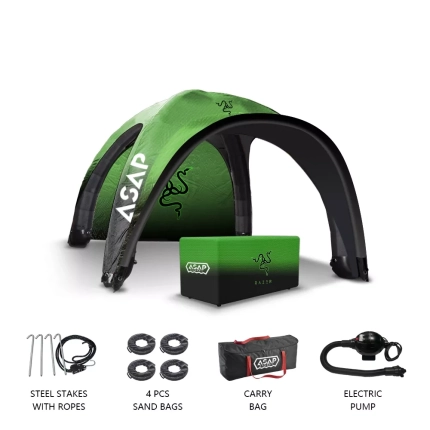
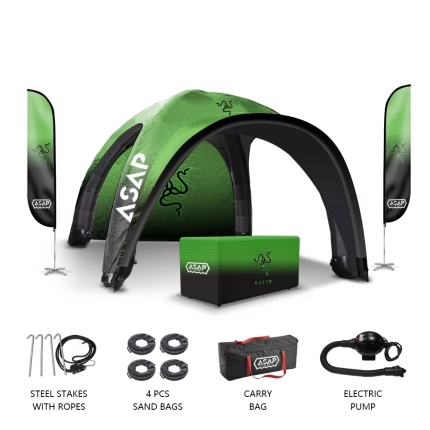



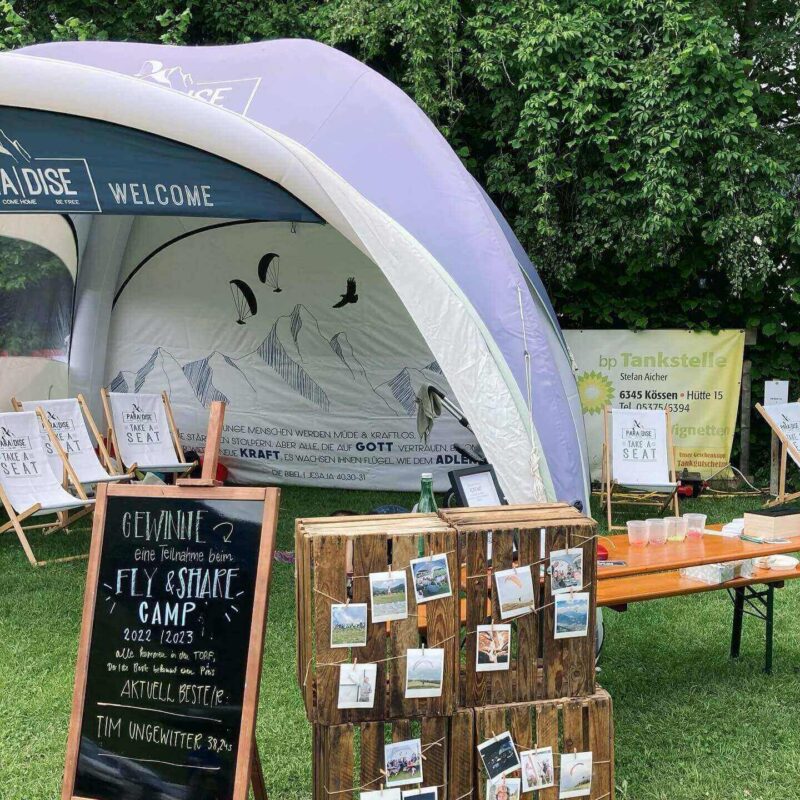
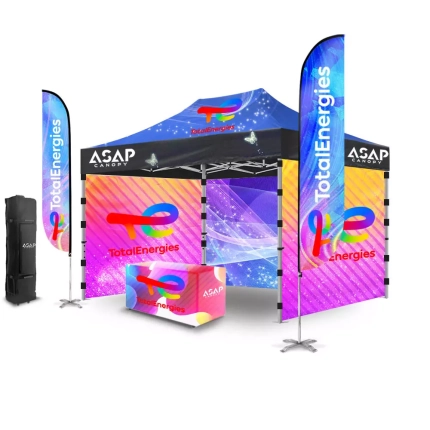
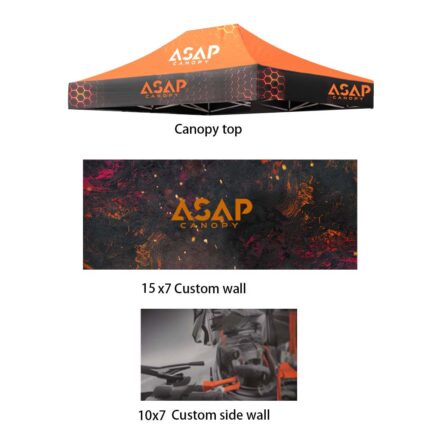
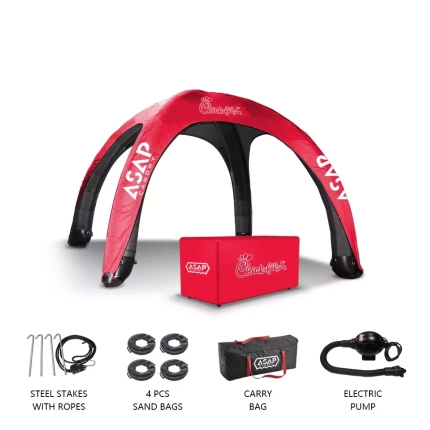




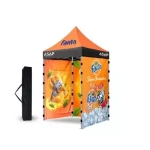 5×5 Pop Up Tent
5×5 Pop Up Tent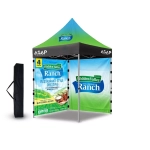 6.5×6.5 Pop Up Tent
6.5×6.5 Pop Up Tent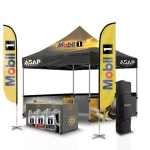 10×10 Canopy Tent
10×10 Canopy Tent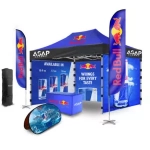 10×15 Canopy Tent
10×15 Canopy Tent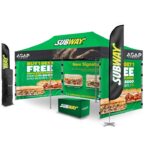 10×20 Canopy Tent
10×20 Canopy Tent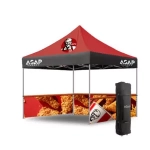 Canopy Options
Canopy Options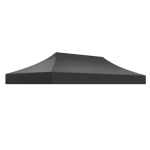 Blank Canopy Top
Blank Canopy Top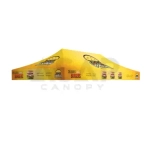 Canopy Top
Canopy Top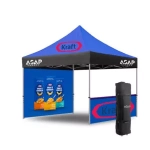 Canopy Walls
Canopy Walls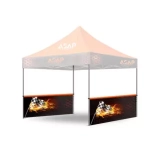 Canopy Side Skirt
Canopy Side Skirt Blank Canopy
Blank Canopy Blank Canopy Kit
Blank Canopy Kit
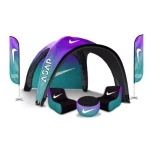 Inflatable Canopy Tents 10×10
Inflatable Canopy Tents 10×10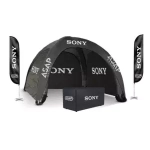 Inflatable Canopy Tents 13×13
Inflatable Canopy Tents 13×13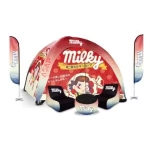 Inflatable Canopy Tents 16×16
Inflatable Canopy Tents 16×16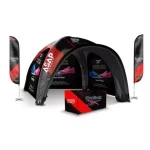 Inflatable Canopy Tents 20×20
Inflatable Canopy Tents 20×20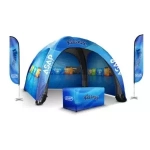 Inflatable Canopy Tents 23×23
Inflatable Canopy Tents 23×23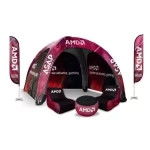 Inflatable Canopy Tents 26×26
Inflatable Canopy Tents 26×26 Inflatable Spider Tents
Inflatable Spider Tents Inflatable Dome Tents
Inflatable Dome Tents Inflatable Eclipse Tents
Inflatable Eclipse Tents Inflatable Party Tent
Inflatable Party Tent Inflatable Furniture
Inflatable Furniture Inflatable Pillar
Inflatable Pillar
 Single Pole Star Tents
Single Pole Star Tents Double Pole Star Tents
Double Pole Star Tents
 15FT Inflatable Arches
15FT Inflatable Arches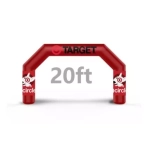 20FT Inflatable Arches
20FT Inflatable Arches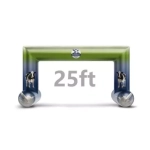 25FT Inflatable Arches
25FT Inflatable Arches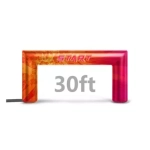 30FT Inflatable Arches
30FT Inflatable Arches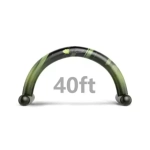 40FT Inflatable Arches
40FT Inflatable Arches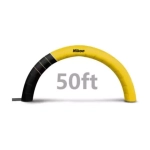 50FT Inflatable Arches
50FT Inflatable Arches Custom Constant Arches
Custom Constant Arches Custom Sealed Arches
Custom Sealed Arches
 Fitted Table Covers
Fitted Table Covers Stretch-Fit Table Covers
Stretch-Fit Table Covers Loose Table Throws
Loose Table Throws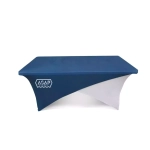 Cross-Over Stretch-Fit Table Cover
Cross-Over Stretch-Fit Table Cover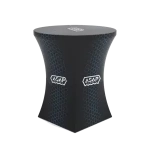 Round Stretch-Fit Table Cover
Round Stretch-Fit Table Cover Blank Table Throws
Blank Table Throws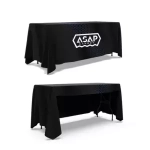 3-Sided Loose Table Throw
3-Sided Loose Table Throw Round Fitted Table Covers
Round Fitted Table Covers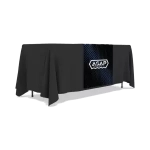 Table Runners
Table Runners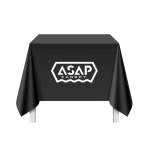 Square Table Covers
Square Table Covers
 Feather Flags
Feather Flags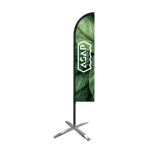 Blade Flags
Blade Flags Feather Banner
Feather Banner Blade Banner
Blade Banner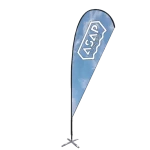 Teardrop Flags
Teardrop Flags Teardrop Banner
Teardrop Banner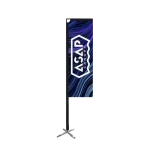 Rectangle Flags
Rectangle Flags Rectangle Banner
Rectangle Banner Mesh Event Banners
Mesh Event Banners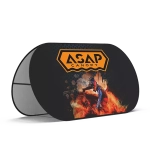 Pop Out Banner Horizontal
Pop Out Banner Horizontal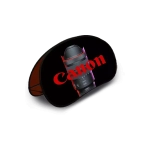 Pop-Out Banner Vertical
Pop-Out Banner Vertical
 Trade Show Display
Trade Show Display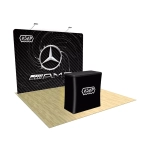 Trade Show Display Kit
Trade Show Display Kit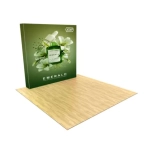 Pop Up Trade Show Display
Pop Up Trade Show Display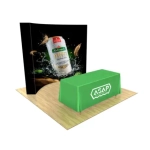 Pop Up Trade Show Display Deluxe Kit
Pop Up Trade Show Display Deluxe Kit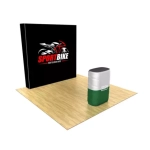 Pop Up Trade Show Display Kit
Pop Up Trade Show Display Kit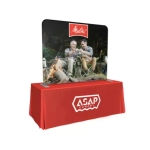 TableTop Displays Kit
TableTop Displays Kit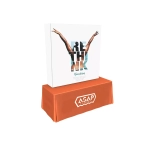 Pop Up Tabletop Display Kit
Pop Up Tabletop Display Kit Pop Up Tabletop Display
Pop Up Tabletop Display Tabletop Display
Tabletop Display Straight Trade Show Exhibit Booth
Straight Trade Show Exhibit Booth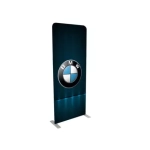 Banner Stand
Banner Stand
 Tent Accessories
Tent Accessories Flag Accessories
Flag Accessories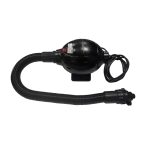 Arch Accessories
Arch Accessories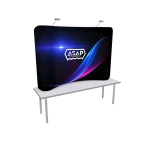 Trade Show Accessories
Trade Show Accessories
